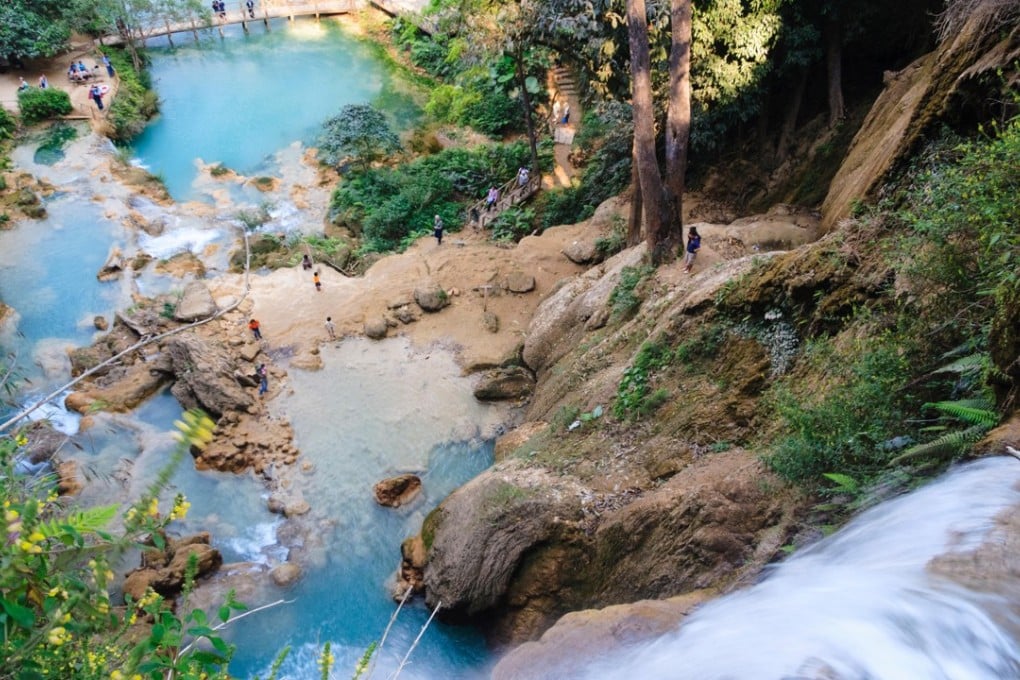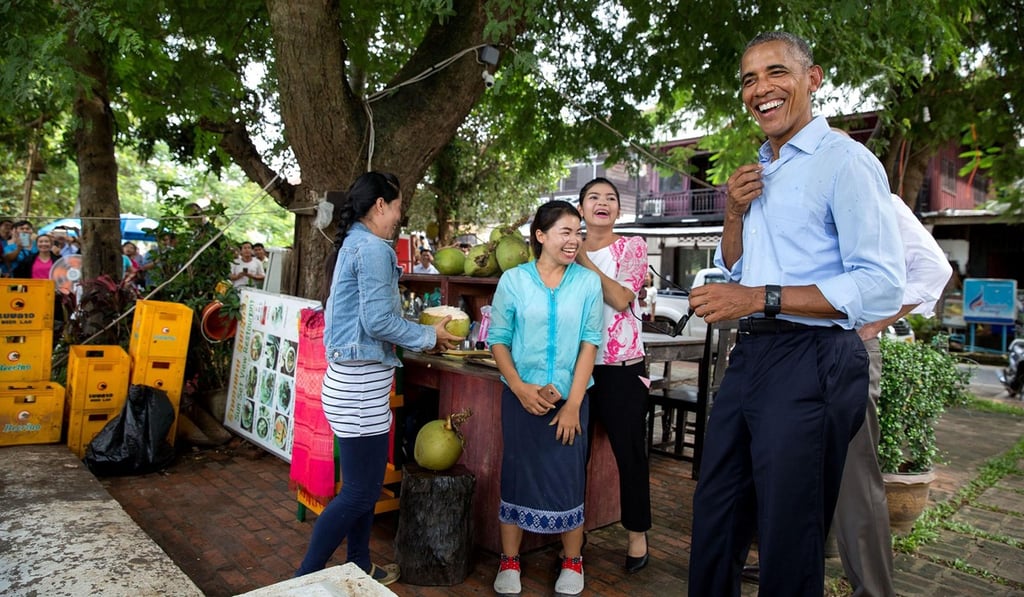Luang Prabang: Laos’ former royal capital may have enriched locals but has it lost its soul?
- The Unesco-listed heritage town has enough must-see attractions to fill any itinerary but with great beauty comes great tourist dollars – not to mention Chinese investment

The Good
The most magical time to explore Luang Prabang is at dawn, when the resonant thump of temple drums provides the city with its early morning call. Groups of monks sleepwalk through the mist, silently accepting alms. Locals in this Laotian town gain merit by offering food, so the rice bowls soon fill up.
In 1995, Unesco described the former royal capital as “the best-preserved city in Southeast Asia” and declared the spiritual and religious centre a World Heritage Site. Municipal bigwigs and residents are proud of the accolade and ensure conservation regulations are adhered to. There is a ban on advertising billboards and craftsmen remain faithful to ancient construction techniques and materials during restoration work.
Stroll the cobblestone lanes and Luang Prabang’s cultural wealth soon becomes apparent. More than 100 architectural and historic sites, from richly decorated Buddhist temples to distinctive one- and two-storey French colonial buildings, are crammed into a compact area bordered by the Mekong and Nam Khan rivers.
The easiest way to reach Luang Prabang is by flying from Bangkok or Hanoi, while for the adventurous, there is the two-day boat trip along the Mekong from Thailand. Enthusiasts for the Lao public bus system, otherwise known as masochists, have the option of a bone-shuddering 11-hour journey from the capital, Vientiane, via the ominously named Route 13.
To get your bearings on arrival, head up Phousi Hill, from where the city and its surroundings unfurl below like a 3D map. The 100-metre-high mound is also worth visiting at sunset, as the last traces of tangerine and crimson drain from the sky and “the land lost in time” succumbs to darkness.

